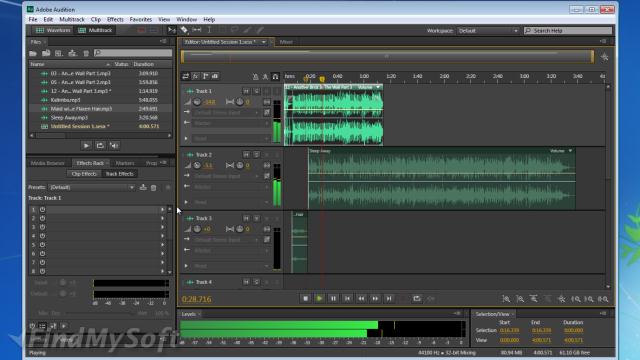
Other methods ( Pieretti et al., 2011 13.Ī new methodology to infer the singing activity of an avian community: The Acoustic Complexity Index (ACI),” Ecological IndicatorsĬall recognition in the bullfrog, Rana catesbeiana: Generalization along the duration continuum,” J. Toward a computational neuroethology of vocal communication: From bioacoustics to neurophysiology, emerging tools and future directions,” Front. Real-time bioacoustics monitoring and automated species identification,” PeerJĨ, 57684– 57708. In many acoustic surveys, vocalizations of sequential focal (target) animals are counted by a trained listener or automated detection by a computer algorithm, preceded or followed by noise reduction techniques to isolate the signal of interest from background noise ( Aide et al., 2013 1. Identifying individual species vocalizations in the natural environment is challenging, however, because animals often vocalize in groups in the midst of biological and anthropogenic noise sources that can interfere with their own perception of sounds as well as an observer's ability to document and count these sounds.


Todayīioacoustics data analysis-A taxonomy, survey and open challenges,” IEEE AccessĨ, 57684– 57708.

Bioacoustic monitoring provides an important metric to evaluate environmental impacts, including climate change, on species behavior, survival, and abundance ( Kloepper and Simmons, 2014 10.īioacoustic monitoring contributes to an understanding of climate change,” Acoust.


 0 kommentar(er)
0 kommentar(er)
